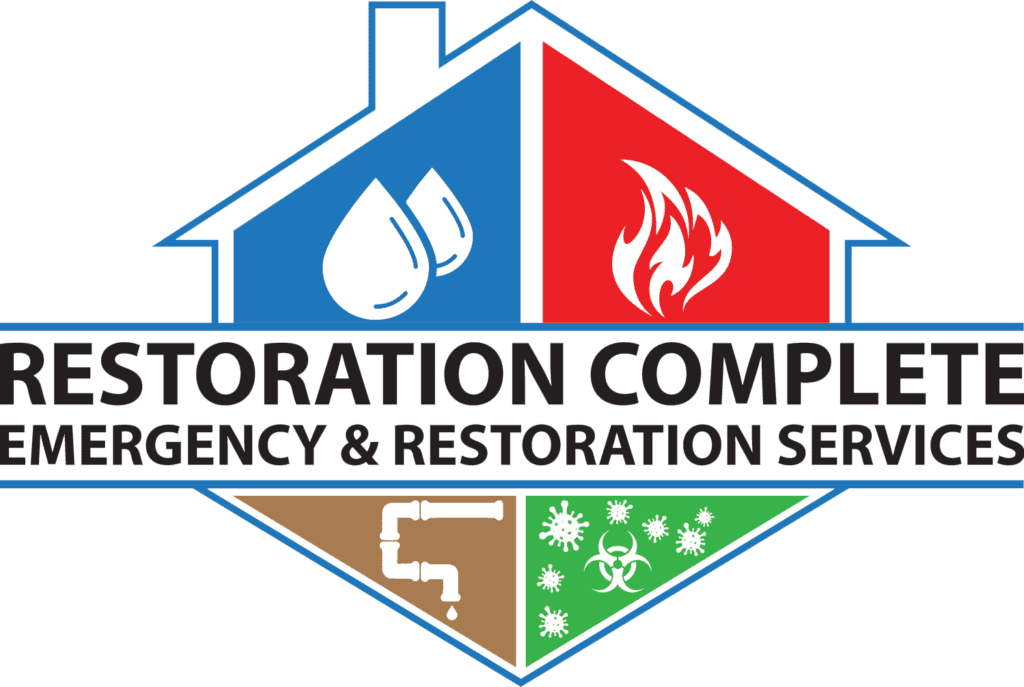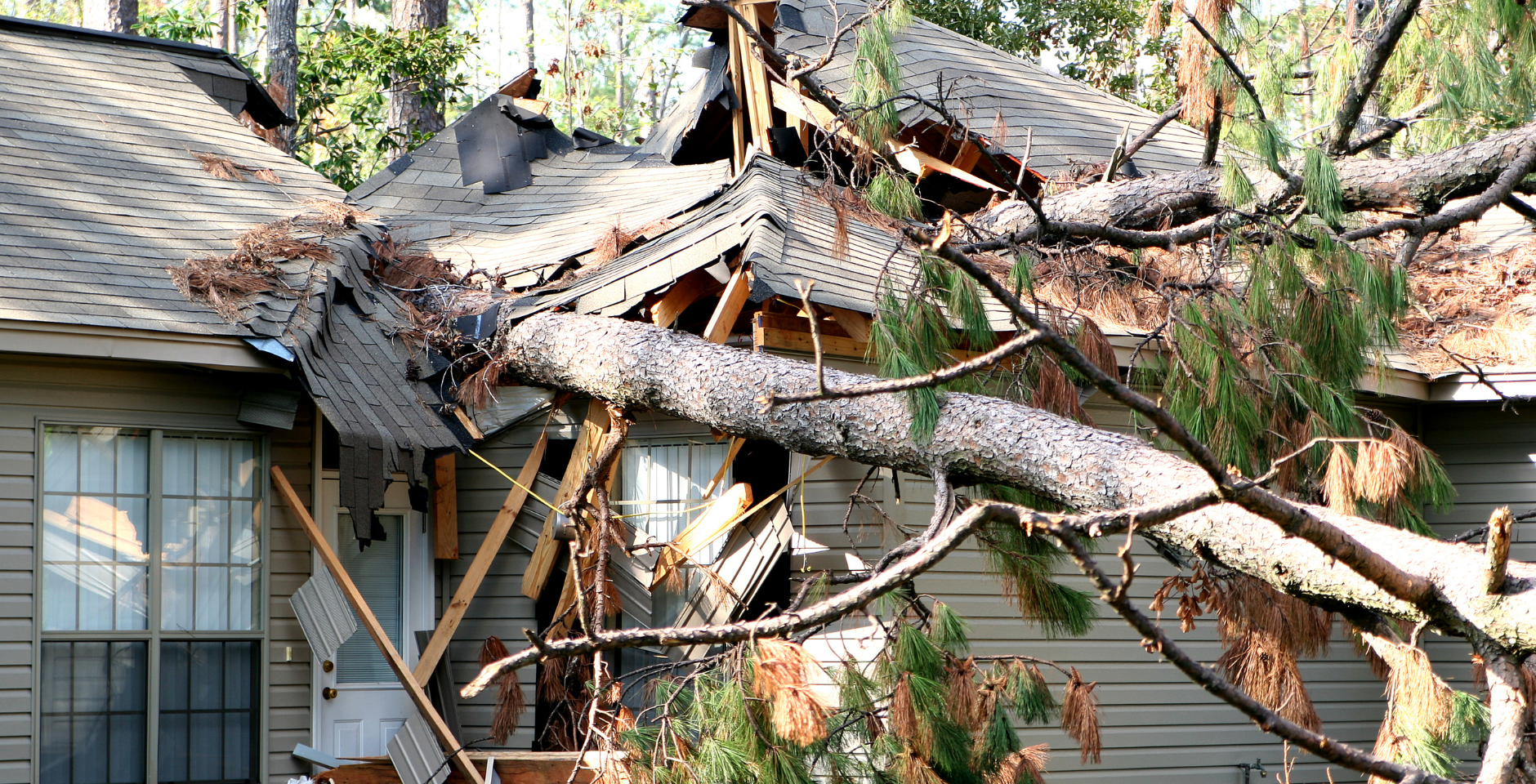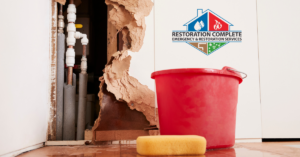Any emergency restoration plan for commercial establishments must have clear communication channels. An ordered and timely reaction is ensured by assigning key persons to oversee the plan’s implementation and coordination. Frequent training sessions and drills with staff members promote a proactive attitude to safety by acquainting everyone with emergency protocols and evacuation routes. When a disaster occurs, the restoration process can be accelerated by working ahead of time with local emergency agencies and restoration specialists. The use of technology, such as automatic warnings and monitoring systems, also helps to discover possible problems early and improves response time. If you face any issues, and looking for emergency restoration services in Atlanta, you can go through the Restoration Complete LLC. They provide expert services to give you the best results.
Businesses may safeguard their physical assets while prioritizing the safety of their staff and tenants in the case of a disaster by incorporating these components into a well-organized emergency restoration plan.
Evaluating Hazards and Weaknesses:
In your risk assessment, consider variables including your commercial property’s location, local climatic trends, and environmental conditions. For example, coastal locations might be more vulnerable to hurricanes or flooding, and areas that are prone to seismic activity might be at risk from earthquakes. To find any potential weaknesses, assess the building’s structural soundness, the age of the infrastructure, and the state of the utilities.
Evaluate the effect that outside variables, including interruptions in the supply chain, have on the way your firm operates. Engage in skilled collaboration with environmental consultants and structural engineers to have a thorough understanding of potential hazards. You may proactively address vulnerabilities and create a strong emergency restore plan. It successfully mitigates potential threats by carrying out a thorough risk assessment that tailors to the distinctive characteristics of your commercial facility.
Assuring Security
Assign members of your staff to be emergency response coordinators; they will be in charge of coordinating with emergency services and helping residents with the evacuation process. Create a communication strategy that outlines precise guidelines for informing and warning residents in the event of an emergency. Consider using technology to improve communication and deliver real-time information, such as alarms or emergency notification systems. Evacuation plans should be reviewed and updated regularly to reflect changes in building layout, occupancy, or local emergency response procedures. Organize regular safety meetings and distribute educational materials to tenants to foster a culture of readiness. Businesses may guarantee a prompt and well-organized response during emergencies by putting safety first and keeping a proactive attitude to emergency preparedness. It reduces the possibility of harm coming to either emergency responders or building occupants.
Creating a Plan for Emergency Reaction:
When it comes to emergency restoration, being proactive is crucial. Start by drafting a thorough emergency response plan that includes significant contacts for emergency services, restoration contractors, and staff. Define roles and responsibilities precisely to guarantee a well-coordinated and effective reaction during emergencies.
Reaching Out to Emergency Services:
Apart from calling emergency services, set up an incident command centre on your business site where qualified staff may communicate with outside responders. In locations that are widely accessible throughout the building, prominently post emergency contact information, including phone numbers and addresses. Work together beforehand to acquaint the emergency services in your area with your home so that they can react more quickly in case of an emergency. Having an open channel of contact with emergency services guarantees that vital information is communicated quickly, which helps them determine the extent of the problem and allocate resources appropriately. Preserve accuracy and efficiency in high-stress circumstances by reviewing and practising communication standards regularly. Enterprises may augment the efficacy of their emergency restoration strategy. It also helps to promote a more powerful and secure milieu by cultivating robust communication channels with emergency services.
Using Expert Recovery Services:
Before a tragedy happens, form alliances with trustworthy restoration contractors. The restoration procedure might go more quickly if an agreement is in place beforehand. Seek out providers who can manage numerous problems and have expertise in restoring commercial property.
Registering Damage:
For insurance purposes, make sure you fully record any property damage. Make thorough written descriptions of the amount of damage and record images and videos. Having this paperwork on hand will be essential for submitting insurance claims and requesting funding for the repair procedure.
Arrangements with Insurance Companies:
Notify your insurance provider as soon as possible. Collaborate closely with them to comprehend the claims procedure and coverage. Deliver the required paperwork and maintain thorough records of any correspondence you have with the insurance provider.
Putting the Restoration Plan into Action:
To carry out the restoration plan, collaborate closely with the restoration staff. Depending on the emergency, this could entail removing mustiness, water extraction, structural repairs, and other specialist services. The property owner, emergency responders, and restoration specialists must communicate regularly.
Safeguarding the Assets:
Take prompt action to protect the property when people’s safety has been confirmed. It can entail boarding up windows, putting in temporary roofs, and turning off utilities to stop additional damage. The degree of the necessary restoration can be greatly impacted by taking prompt action in the early hours.
Persistent Enhancement
Evaluate the success of the response and restoration activities by conducting a comprehensive debriefing once the emergency restoration is over. To make the emergency response plan better and more prepared for the future, incorporate the lessons you’ve learned.
In Summary
To take into consideration any changes to the staff, property, or outside circumstances, review and update your emergency restoration plan regularly. Form alliances with respectable repair businesses to create a network of reliable experts that can react quickly to a range of restoration requirements. Including a thorough inventory of essential tools, supplies, and records in your disaster plan will help the recovery process run more smoothly. Protect vital resources from potential harm by putting in place safeguards like surge protectors, fire-resistant materials, and waterproof storage. Promote open lines of communication with tenants or other occupants to foster a sense of shared responsibility for their safety as well as to keep them informed about emergency procedures. Businesses may better protect their investments and provide a safe and secure work environment by continuously improving and strengthening their emergency restoration plans. To get emergency restoration in Decatur, contact Restoration Complete LLC today. They can provide you most reliable and trustworthy service.


